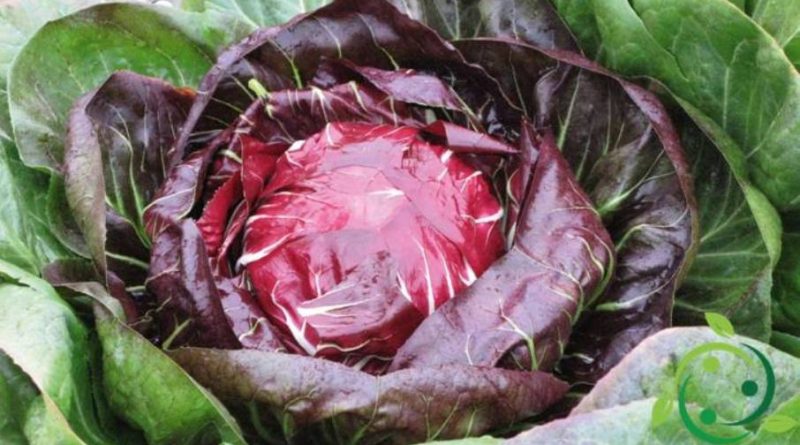How to grow radicchio in a biological way
How to grow radicchio in a biological way
The cultivation of radicchio, a variety belonging to the chicory (Cichorium intybus L., 1753) requires very careful cultivation. There are many varieties of radicchio and before sowing them we have to see the ones that best adapt to the specific climatic conditions. However, the radicchio is a rustic plant that, even if it prefers temperate climates, resists well to the cold on condition that it does not alternate frost and thaw. The radicchio prefers soils with good endowment in organic and permeable substances. For sowing the most suitable period is at the end of May and can then go on throughout the month of July. Sowing can usually take place first in seedbeds and then in the open field or directly in the open field.
For distances it is good to respect a distance of about 30-40 cm from each other and if you want to make a consignment (recommended) you can prepare bins and with slightly smaller sixths. The distance between the files must obviously be suitable for the vehicle you will use to make them. If coming from seedbeds, the seedlings should have a growth of about 7 cm and should be placed directly on the bare root, taking care then to compact the soil slightly.
For the fertilization it is absolutely inadvisable to use nitrates (which then accumulate in the leaves) so this cultivation should be done after crops that have been widely fertilized with mature manure or, in any case, with fertilization of organic substances in replanting. For the addition of potassium, an element that the plant requires, you can use ashes from pruning or plant residues of your farm or vegetable garden. The ash can be applied to the first weeding. It greatly benefits from consociations with carrots, tomatoes, courgettes and especially with beans and peas and beans. For the cultivation of the radicchio, mulch can be adopted, this must be done with vegetable straw and allows to reduce the irrigation, the compaction of the soil and to eliminate the weeds. An important technique is that of bleaching; a technique that makes the head more tender and delicate flavor. The easiest way to perform the bleaching is obtained by tying the outer leaves with an elastic or light lace. In this way the plants should be tied 15-20 days before the expected harvest. You have to do this when the leaves are dry, otherwise the humidity can condense inside the tufts and thus create the conditions for a rapid spread of rottenness.
Regarding irrigation depends on the sowing period. Obviously during the hot months the irrigation must be constant and well-timed but without causing absolutely stagnation. Momentary deficiencies affect the quality of the leaves.
For harvesting, proceed when the head is tight, that is when it does not give in to the pressure of the fingers. This is done by cutting the entire head a few centimeters below the country level so as to preserve all the leaves.
Among the adversities we mainly remember the oidium and the rot of the collar. You can operate with sulfur in a timely manner. But the real fight against these diseases is above all the rotation (the radicchio must never return to the same plot for at least four years), the vegetable mulch and, if possible, the interociations with carrot, bean, tomato, zucchini, beans and peas.

